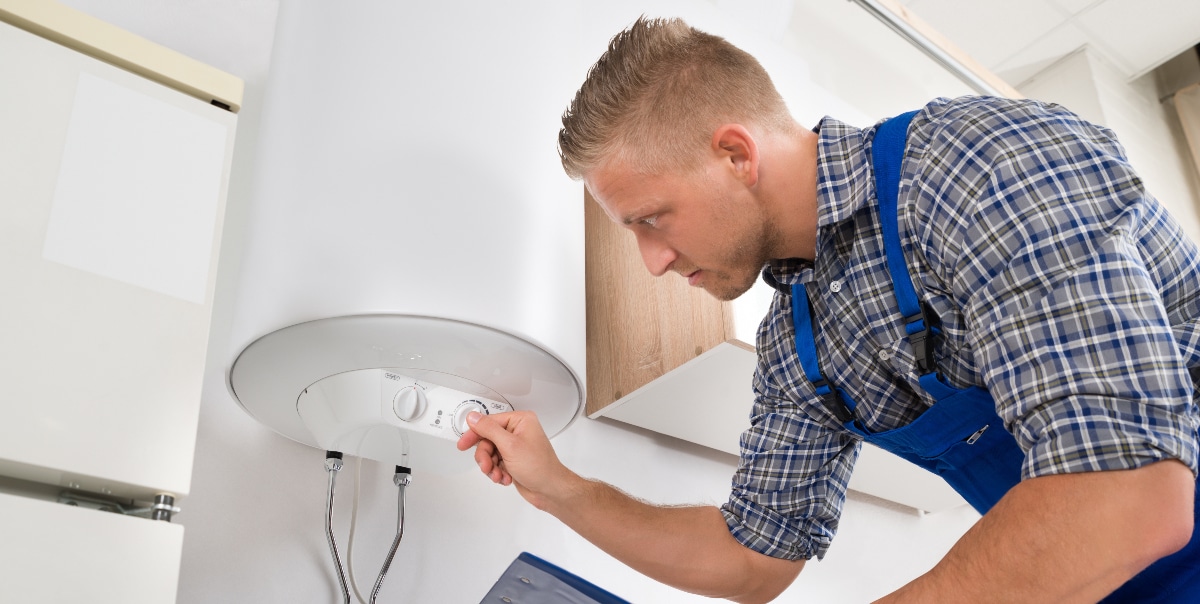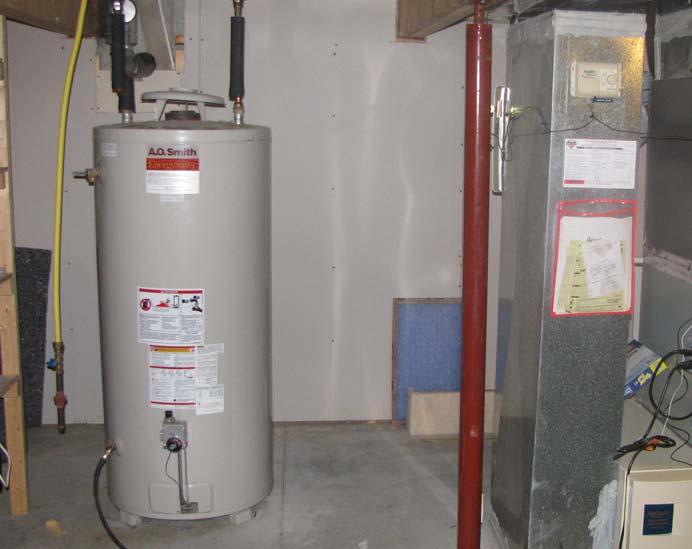Steps to Properly Maintain Your Home's Hot Water SystemBest Practices for Maintaining Your Home's Hot Water System
Steps to Properly Maintain Your Home's Hot Water SystemBest Practices for Maintaining Your Home's Hot Water System
Blog Article
Just about everyone is bound to have their personal piece of advice on the subject of Tips on Maintaining a Water Heater.

Warm water is essential for day-to-day convenience, whether it's for a revitalizing shower or cleaning meals. To guarantee your warm water system runs successfully and lasts much longer, regular maintenance is key. This write-up gives functional ideas and insights on exactly how to preserve your home's warm water system to prevent disruptions and expensive repair work.
Introduction
Keeping your home's warm water system might appear complicated, but with a couple of basic steps, you can ensure it runs efficiently for years to come. This overview covers every little thing from recognizing your hot water system to do it yourself upkeep suggestions and knowing when to employ expert help.
Relevance of Preserving Your Hot Water System
Normal maintenance not just prolongs the life-span of your hot water system but additionally ensures it operates effectively. Disregarding maintenance can bring about reduced efficiency, greater energy costs, and also premature failure of the system.
Indications Your Hot Water System Requirements Maintenance
Recognizing when your hot water system requires interest can avoid significant problems. Keep an eye out for signs such as irregular water temperature, weird noises from the heating unit, or rusty water.
Purging the Hot Water Heater
Flushing your hot water heater eliminates debris buildup, improving effectiveness and extending its life.
Checking and Changing Anode Rods
Anode rods stop deterioration inside the storage tank. Checking and replacing them when worn is critical.
Complicated Concerns Requiring Expert Aid
Examples consist of significant leaks, electrical issues, or if your water heater is continually underperforming.
Routine Expert Maintenance Perks
Specialist maintenance can include extensive inspections, tune-ups, and guaranteeing compliance with safety and security standards.
Examining and Changing Temperature Level Settings
Changing the temperature setups makes certain optimal performance and security.
Do It Yourself Tips for Upkeep
You can perform a number of upkeep tasks on your own to maintain your warm water system in leading problem.
Looking for Leakages
Consistently examine pipelines and links for leakages, as these can lead to water damage and higher expenses.
Comprehending Your Hot Water System
Prior to diving into maintenance jobs, it's practical to recognize the standard components of your hot water system. Normally, this consists of the hot water heater itself, pipelines, anode rods, and temperature controls.
Regular Monthly Upkeep Tasks
Routine regular monthly checks can assist catch minor issues before they escalate.
Evaluating Pressure Relief Valves
Evaluating the pressure relief valve ensures it works appropriately and protects against too much stress build-up.
Shielding Pipelines
Shielding warm water pipelines minimizes warm loss and can save energy.
When to Call a Professional
While do it yourself upkeep is useful, some problems call for expert know-how.
Conclusion
Regular upkeep of your home's warm water system is vital for effectiveness, longevity, and cost savings. By adhering to these pointers and understanding when to seek professional help, you can ensure a trustworthy supply of warm water without unforeseen interruptions.
How to Maintain an Instant Hot Water Heater
Before tinkering with your hot water heater, make sure that it’s not powered on. You also have to turn off the main circuit breaker and shut off the main gas line to prevent accidents. Also turn off the water valves connected to your unit to prevent water from flowing into and out of the appliance. 2. When you’re done, you have to detach the purge valves’ caps. These look like the letter “T” and are situated on either side of the water valves. Doing so will release any pressure that has accumulated inside the valves while at the same time avoid hot water from shooting out and burning your skin. 3. When the purge valves’ caps are removed, you have to connect your hosing lines to the valves. Your unit should have come with three hoses but if it didn’t, you can purchase these things from any hardware or home repair shops. You can also get them from retail stores that sell water heating systems. Read the user’s manual and follow it to complete this task properly. When the hosing lines are connected, open the purge port’s valves. 4. You should never use harsh chemical cleaners or solutions when cleaning your unit. Make use of white vinegar instead. It should be undiluted and you’ll probably use about 2 gallons. 5. Now flush your water heater. This task should probably take about 40 minutes. We can’t give you specific directions for this because the procedure is carried out depending on the type, model and brand of your heater. With that being said, refer to the user’s manual. 6. When you’re done draining the unit, you have to turn off the purge port valves again. Remove the hosing lines that you earlier installed on each of the water valves. Put the valve caps (purge port) back in their respective places and be very careful so as not to damage the rubber discs that are found inside these caps. 7. Now that everything’s back in place, check your user’s manual again to find out how to reactivate your water heating system. 8. Once it is working, turn one of your hot water faucets on just to let air pass through the heater’s water supply pipes. Leave the tap on until water flows smoothly out of it. https://www.orrplumbing.com/blog/2014/september/how-to-maintain-an-instant-hot-water-heater/

I am very interested in How to Maintain a Hot Water Heater in a Few Simple Steps and I'm hoping you appreciated the entire article. If you liked our article kindly don't forget to pass it around. I truly appreciate your readership.
Hire A Pro Report this page